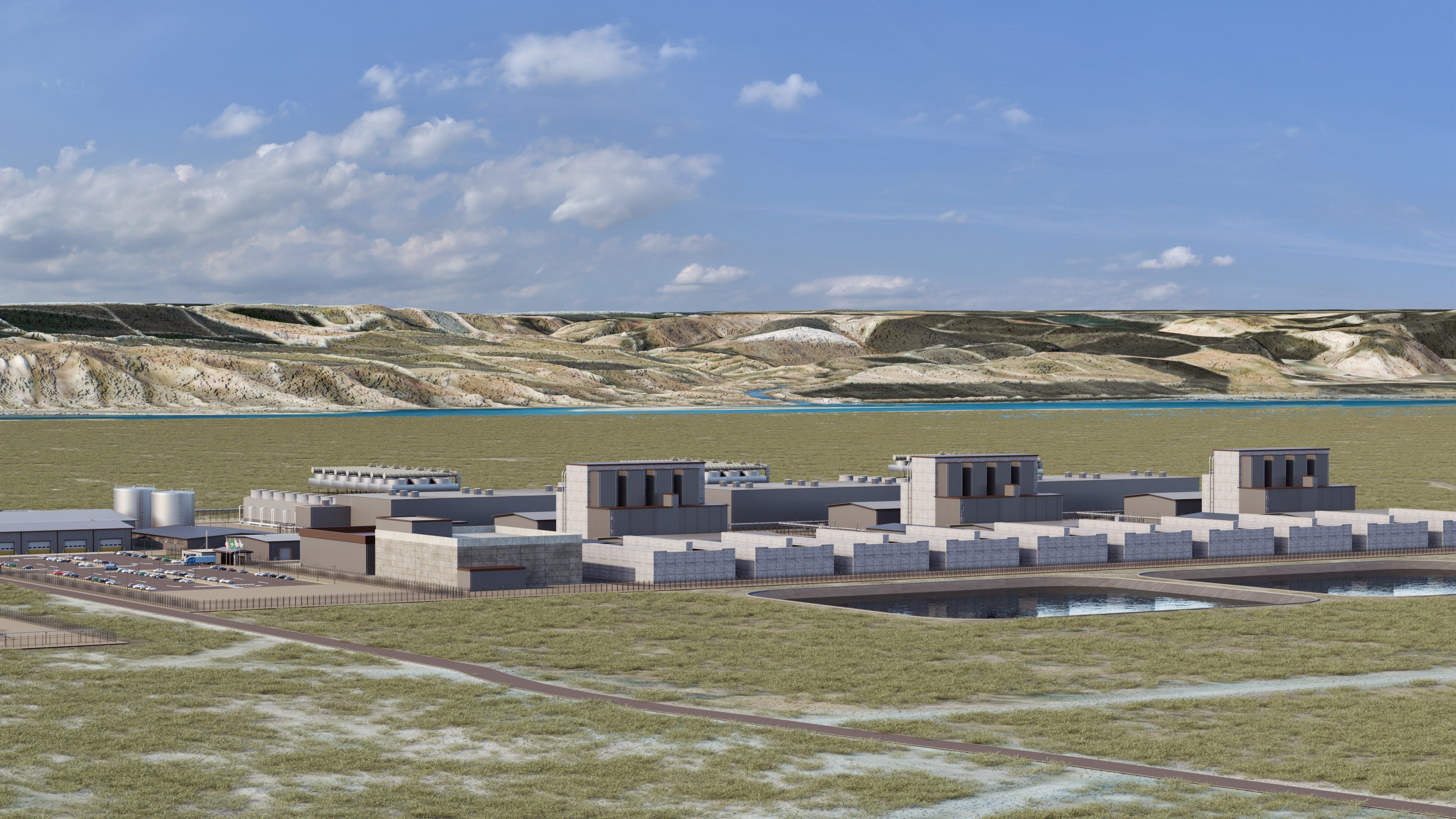Amazon just pulled back the curtain on its ambitious nuclear future, sharing the first detailed renderings of what could be the tech giant's game-changing energy play. The Cascade Advanced Energy Facility in Washington state will pack 960 megawatts into just a few city blocks - enough clean power for 770,000 homes while reshaping how Big Tech thinks about energy independence.
Amazon is betting big on nuclear power, and today we're getting our first glimpse of what that future looks like. The company just shared detailed renderings of its Cascade Advanced Energy Facility outside Richland, Washington - a sleek, compact nuclear plant that could redefine how tech giants power their operations.
The timing couldn't be more critical. As Amazon's AI ambitions and data center demands skyrocket, the company is scrambling to secure reliable, carbon-free energy sources. The new facility promises to deliver 960 megawatts of clean power, roughly enough electricity to keep 770,000 American homes running.
What makes Cascade different is its radical departure from traditional nuclear infrastructure. While conventional reactors sprawl across more than a square mile, Amazon's small modular reactor (SMR) design crams the same power generation into just a few city blocks. The rendered images show a surprisingly organized campus of industrial buildings - reactor housings, turbine areas, and support facilities arranged with the efficiency you'd expect from a company obsessed with logistics.
"We've been preparing for this shift since our original Energy Northwest agreement last year," according to Amazon's sustainability team. That partnership, announced in October 2024, gives Amazon exclusive rights to purchase electricity from the first 320-megawatt phase, with additional capacity available for local utilities.
The economic impact looks substantial too. Amazon's latest blog post reveals the facility will create about 100 permanent positions plus more than 1,000 construction jobs - a significant boost for Washington's energy sector. But there's a reality check: these next-generation XE-100 reactors from X-energy are still in development and face a lengthy licensing process with federal regulators.
Construction won't begin until the late 2020s, putting Amazon in a race against time as its power needs compound. The company's cloud computing division, Amazon Web Services, is already one of the world's largest energy consumers, and that demand is accelerating with every new AI model deployed.

